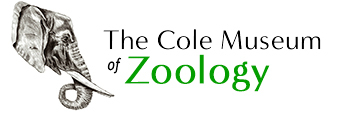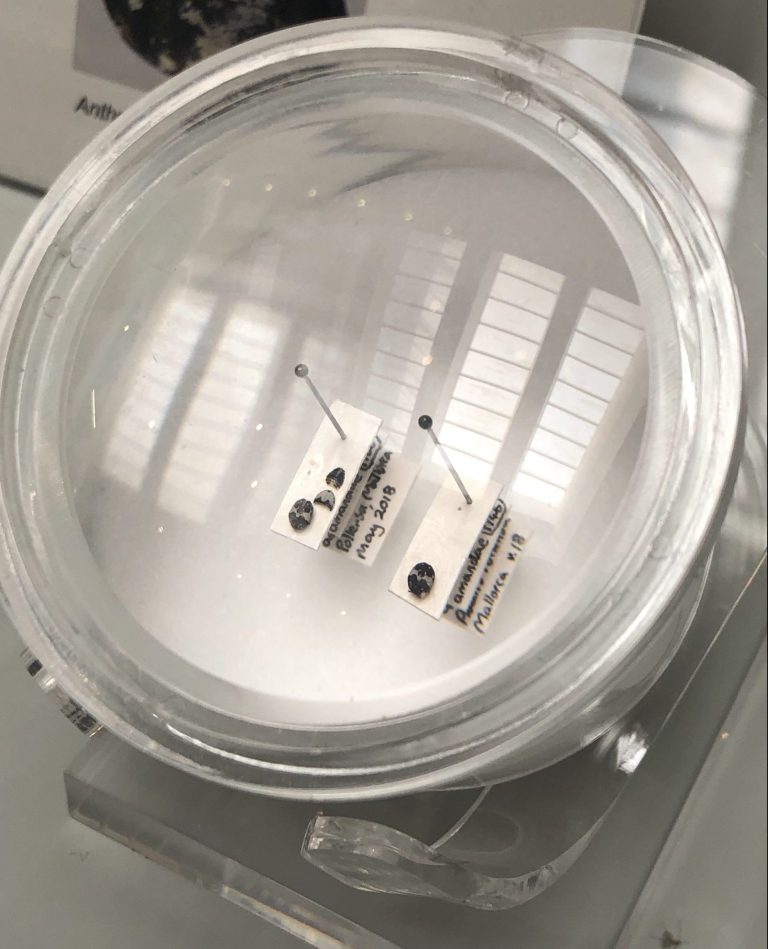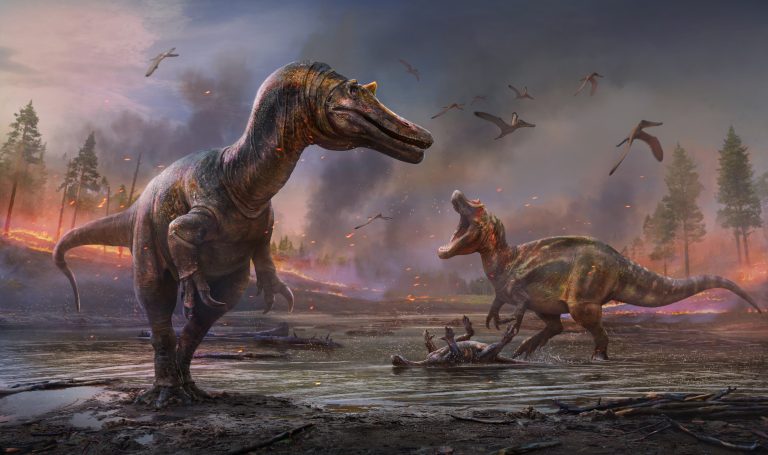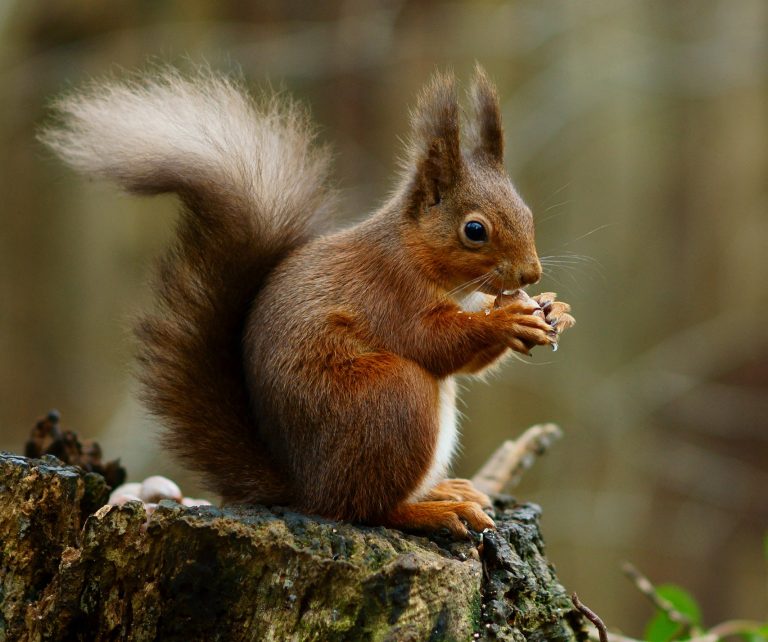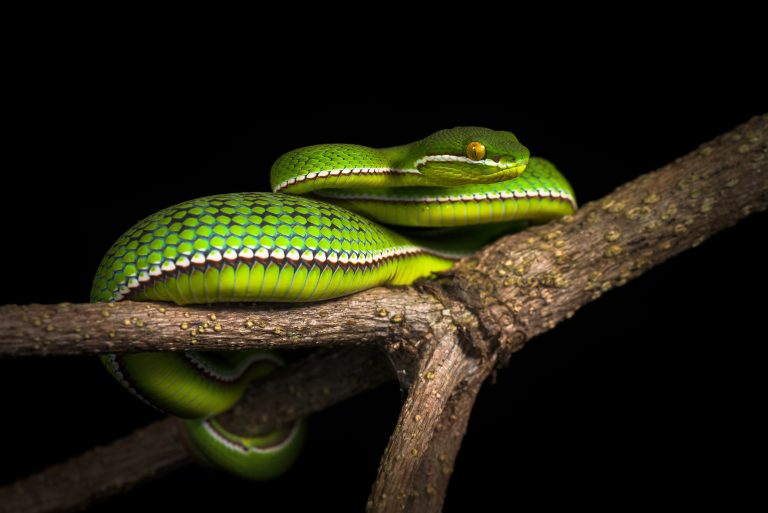What is wrong with our Echidnas?
-
Author
- tarapirie
-
Published Date
- July 6, 2021
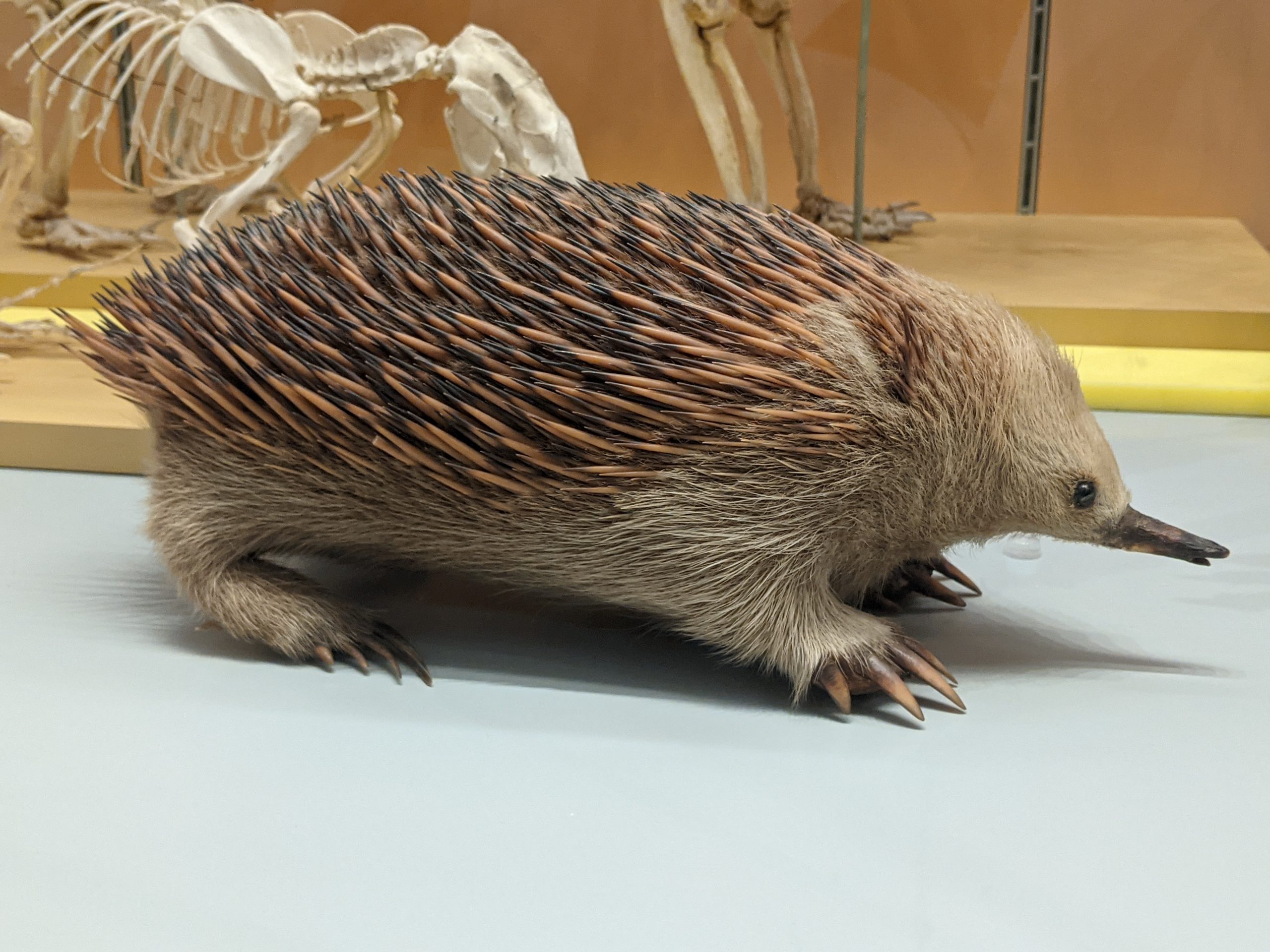
We were recently involved in a 7-day Twitter campaign to celebrate museums using the hashtag #MuseumWeek2021. We were asked to use different hashtags each day so we thought we would share some of the stories we posted in case you missed them!
This one was for #ArtIsEverywhere by Claire Smith…
Beautifully prepared and displayed museum specimens can be considered art in their own right – but did you know that some Victorian natural history art was drawn directly from museum pieces rather than from life?
This Echidna in figure 1, is from Wood’s Natural History, a book that was published for many years, and in dozens of different editions. If you look carefully at the echidna’s back feet, you can see that its toes are pointing forwards.

Figure 1, Echidna from Wood’s Natural History
Here at The Cole Museum of Zoology, we have several echidna specimens, skeletons, taxidermy, and preserved in fluid. You can see from these two in figure 2 that the hind feet are also positioned with their toes pointing forwards.

Figure 2. Echidna skeleton and taxidermy at The Cole Museum of Zoology, University of Reading
This was very common in Victorian and Edwardian museum specimens, as many of the preparators had never seen an Echidna in the wild, so they didn’t know that its hind feet are specially adapted for digging and actually point backwards!

Figure 3. Echidna taxidermy prepared in the Victorian era at The Cole Museum of Zoology, University of Reading
A note in The Cole Museum of Zoology catalogue, next to this beautifully detailed drawing of an Echidna skull in figure 4, tells us the correct orientation of the Echidna’s hind feet – but by this time the specimens had already been prepared and mounted.

Figure 4. Echidna skull and note about correct foot orientation of an Echidna in the Cole Museum of Zoology catalogue.
These fantastic drawings, from @UvA_Amsterdam in figure 5, show that some artwork was created from live Echidnas – or at least from anatomically correct museum specimens. And now you know how to spot the difference!

Figure 5. Artwork form @UvA_Amsterdam
If you want to know more about monotremes in museums (and outside them!), you need to follow @JackDAshby, whose work brought this to our attention in the first place!
The incorrect idea that #echidna's feet point forwards was perpetuated by 19th-century artists copying inaccurate #taxidermy, and taxidermists copying inaccurate artists.
— Jack Ashby (@JackDAshby) April 30, 2021
HOW is it still appearing in modern road signs?! #ECHIDNAS' HIND FEET POINT BACKWARDS https://t.co/gB1HECPqTj
